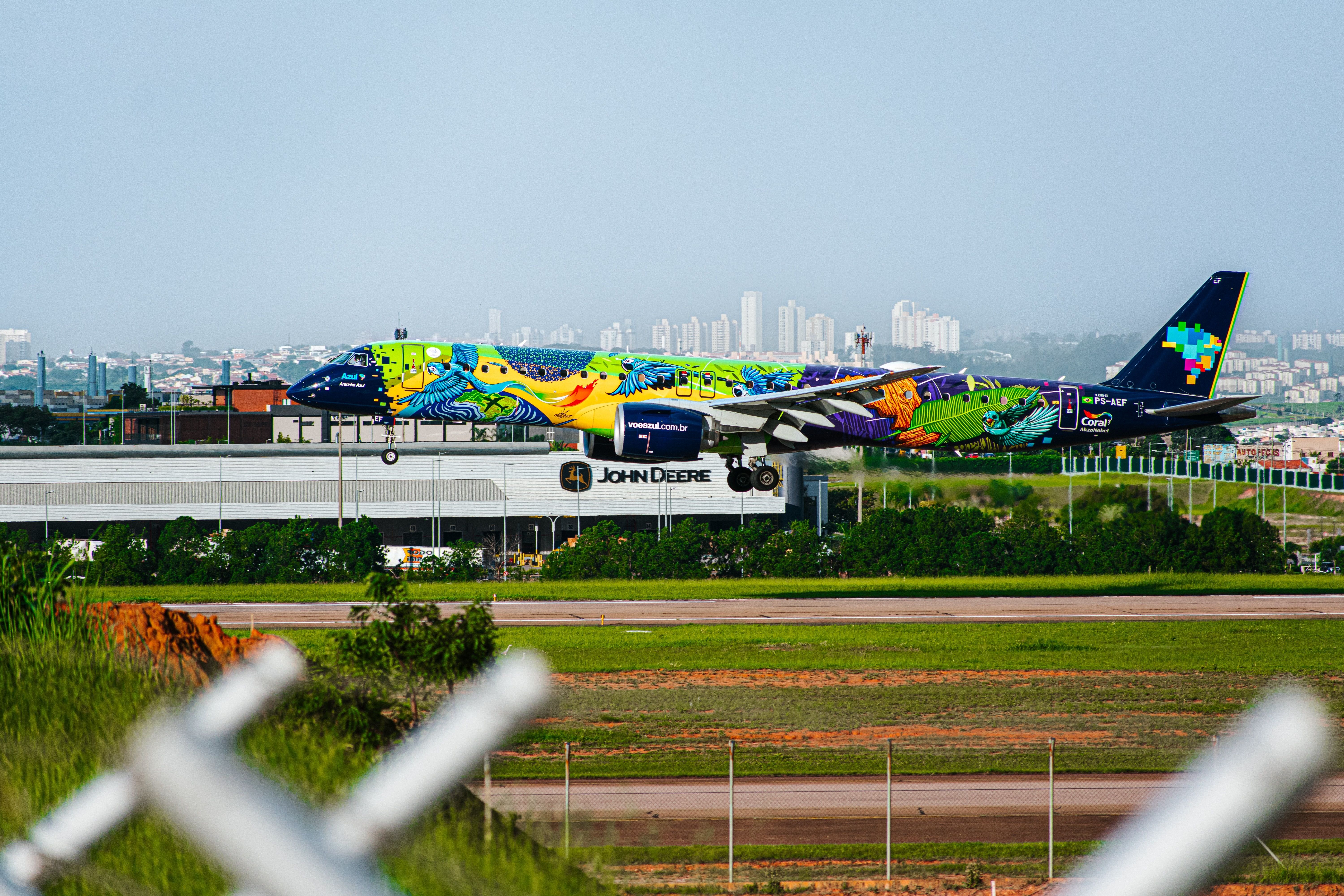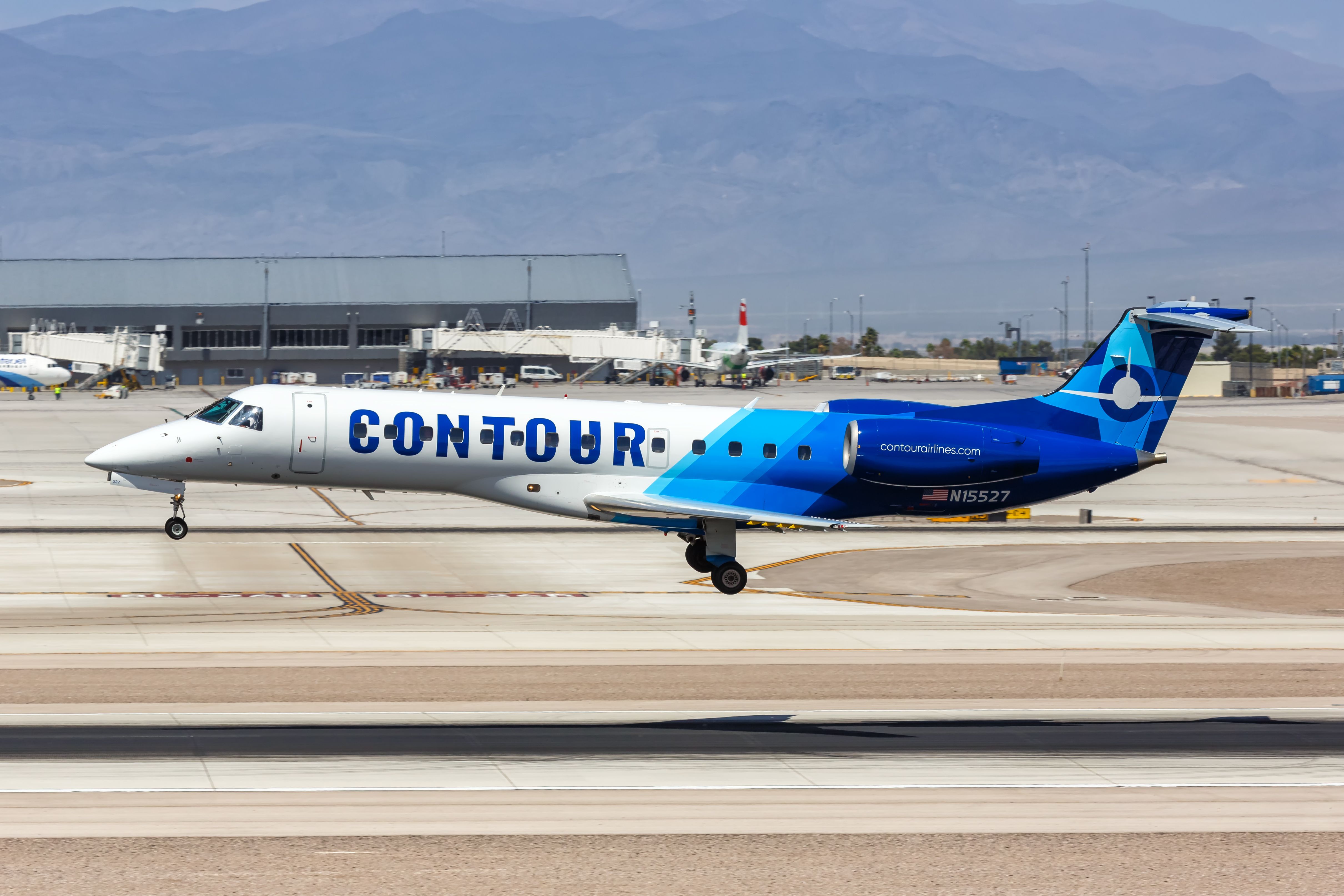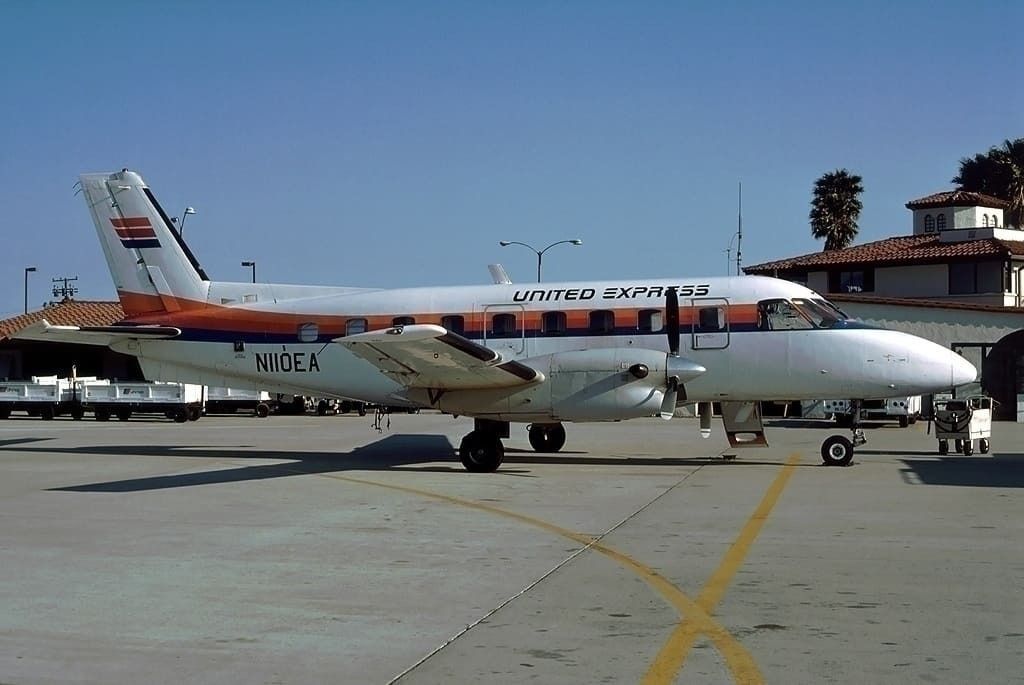Summary
- Embraer, Brazil's pride, has been successful in delivering over 8,000 aircraft, including 1,700 E-jets, with 2,000 more on order, making it a global player in the aerospace industry.
- The history of Embraer can be traced back to Brazil's efforts to develop and coordinate national aviation activities since the 1940s, resulting in the launch of the company in 1969.
- While Embraer has faced challenges, such as struggling sales for its E2 family of aircraft and failed merger attempts with Boeing, it must focus on improving sales performance in order to remain competitive in the market.
Embraer is currently the third-most important aircraft manufacturer worldwide. Until the middle of the 2010s, the company was in a toe-to-toe battle with Canadian builder Bombardier both on the commercial and executive markets. Now, the manufacturer's flagship jet, the E2 is struggling to sell units, but the company's business has remained strong as a whole. But, how was Embraer born?
Brazil’s biggest pride?
When you think about it, Brazil doesn't immediately come to mind as a nation with a massive aerospace sector. But here we are, and throughout its history, the manufacturer has delivered over 8,000 aircraft including over 1,700 E-jets, with over 2,000 still on order.
Get the latest aviation news straight to your inbox: Sign up for our newsletters today.
Other countries have failed whereas Brazil is successful. Regional jet manufacturers in Japan have attempted to expand, but mostly without much success, and are at best years away from what Brazil has accomplished. China's COMAC corporation might be the next potential player to enter the scene, with two of the carrier's C919 jets now in service with many more on order. However, the company has failed to gain much interest outside of China. Embraer, on the other hand, has sold jets across the globe.
So, for the Brazilian government and Brazilian society, to have Embraer is a point of national pride. It is evidence of a well-developed investment in the air industry by the South American country, which can be traced back over 80 years.
Going back to the end of World War II
Officially, Brazil launched Embraer, or, Empresa Brasileira de Aeronáutica on 19 August 1969. The activities of the new company began on 2 January 1970, but the idea of creating a Brazilian airplane builder can be traced back to a few decades earlier.
In 1941, the Brazilian government of Getulio Vargas created the Ministry of Aeronautics. This organization had the intention of developing, expanding, and coordinating the technical and economic activities of national aviation. By this time, Brazil already had a few airlines like Varig and Serviços Aéreos Cruzeiro do Sul.
In the next decade, the Brazilian Government created the Technological Institute of Aeronautics. In this new school, Ozires Silva graduated as an aeronautical engineer. According to Embraer, Silva was “a restless and visionary young man” who helped in the development of the Bandeirante, a Brazilian-made aircraft that had its first flight in 1968.
Then, Silva launched, with the help of the government, a new mixed capital company: Embraer.
The EMB 110, the start of Embraer’s commercial future
The new Brazilian company introduced several modifications to the Bandeirante. This led to the creation of the first commercial family of Embraer, the EMB 110, an ultimate success with over 500 units sold.
After the EMB-110, Embraer built the EMB-120. In the nineties, the Brazilian company finally introduced the ERJ family, and in the early 2000s, it announced the E-Jets program before launching its successor, the E2 program 2013. Meanwhile, Embraer also developed its business and military branches with great success as well.
Modern challenges
In 2018, amid financial difficulties and stalling orders for the Embraer E2, the manufacturer sought to enter a joint venture with Boeing, in which the American giant would take an 80% stake in the company's commercial aviation division. However, Boeing ultimately pulled out of the proposed merger in 2020.
Recently, however, the larger story with Embraer has been the struggling sales for the E2 family of aircraft. Surprisingly, the carrier's newest aircraft family has been outsold not just by its rivals, but by former variants of the E-jet. In the coming years, Embraer will have to evaluate how to improve its sales performance in order to remain competitive within the market.
What do you think of Embraer? How will it succeed in the future without its commercial branch? Let us know in the comments.




